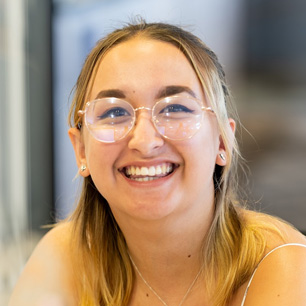For behind the scenes, ad-hoc and casual photography, smartphones and iPhones are sometimes just the ticket for capturing a scene. But when you need to create a statement with a powerful image, businesses still rely on the vision of a photographer with access to professional quality, industry standard cameras, lenses and lighting.
What happens in a professional photography shoot?
In a typical day with a wide-ranging brief, a photographer can shoot anything up to 1000 images and still have space to shoot more. With at least 100 to 250 images going on to be edited depending on the number of scenarios needed for your project.
Depending on the brief given from the client, shoots can vary tremendously. A full day with a client could include a broad spectrum of images from formal headshots, business concepts, candid desk shots or interior images, making the day a long and varied shoot.
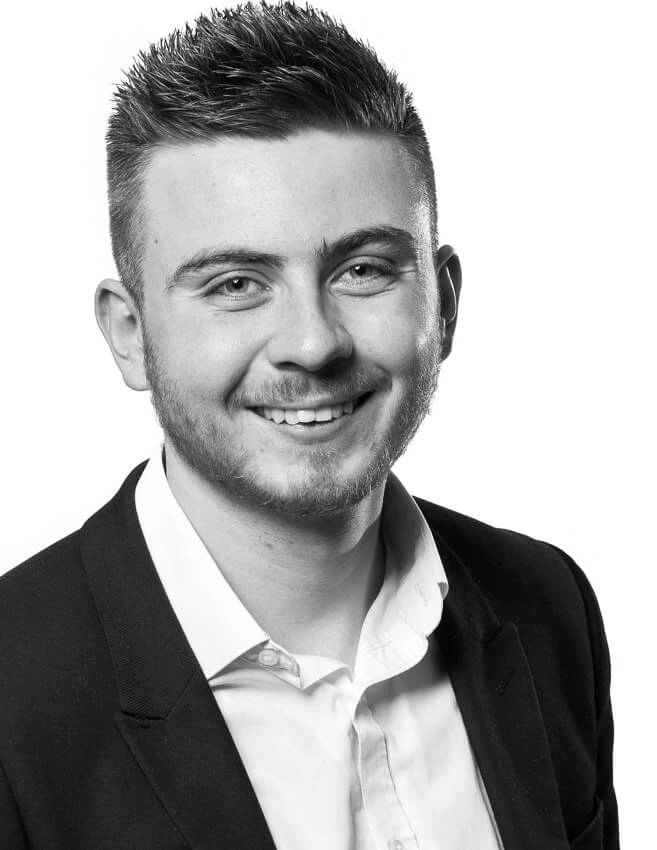
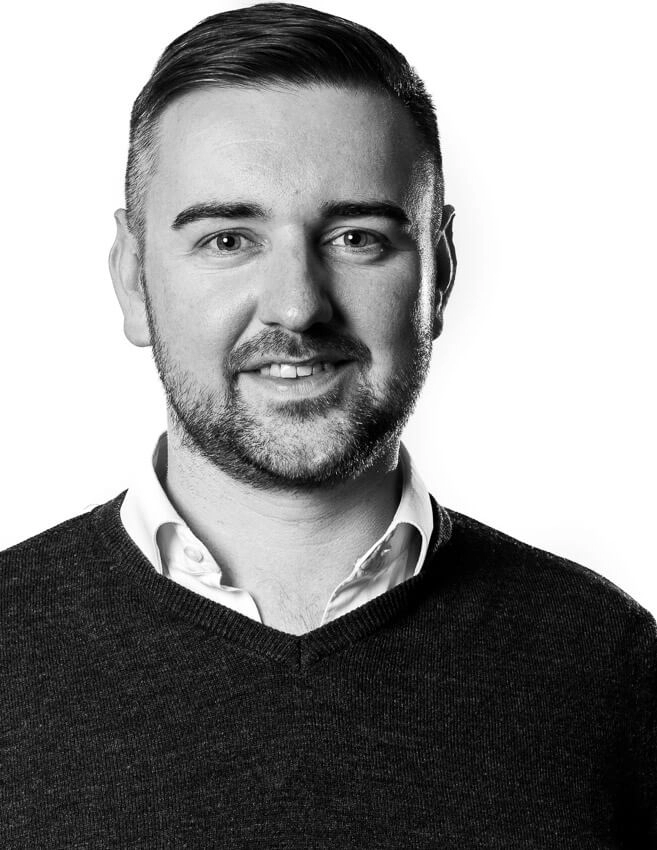

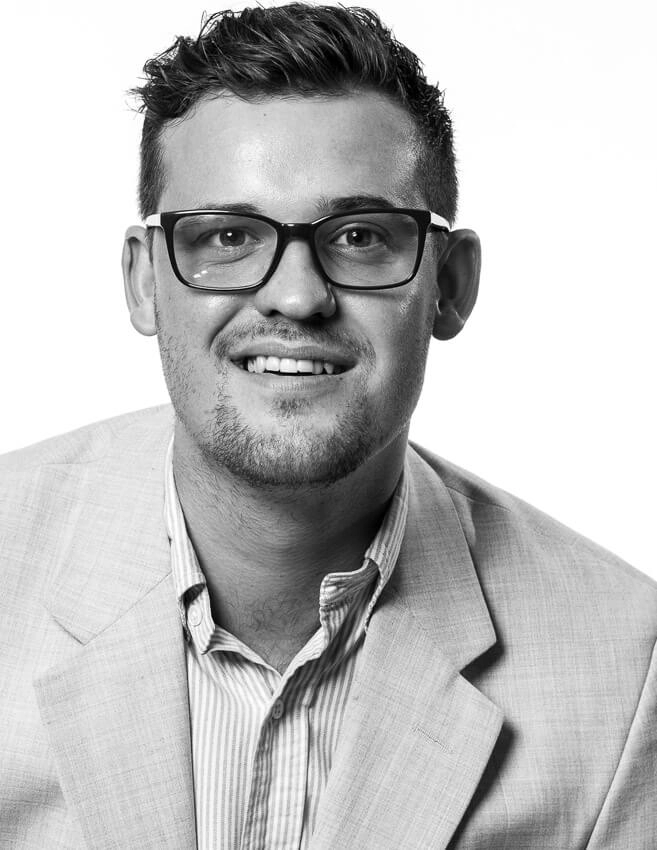
If you're shooting headshots, it's essential to get people comfortable and engaged with the camera as soon as possible, the same applies to candid shots. If people are at ease, they will always relax and almost forget you are there, resulting in more natural expressions and comfortable postures.
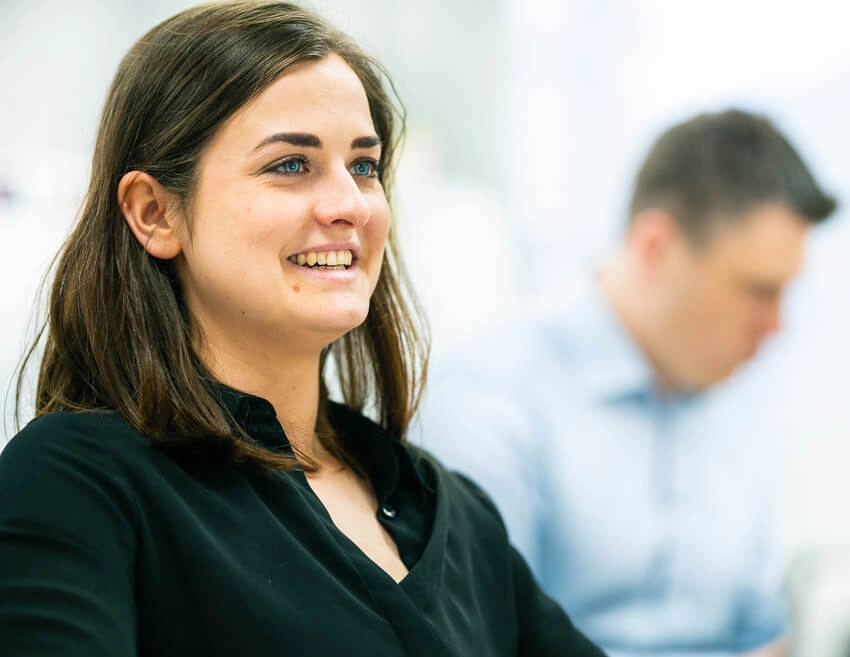
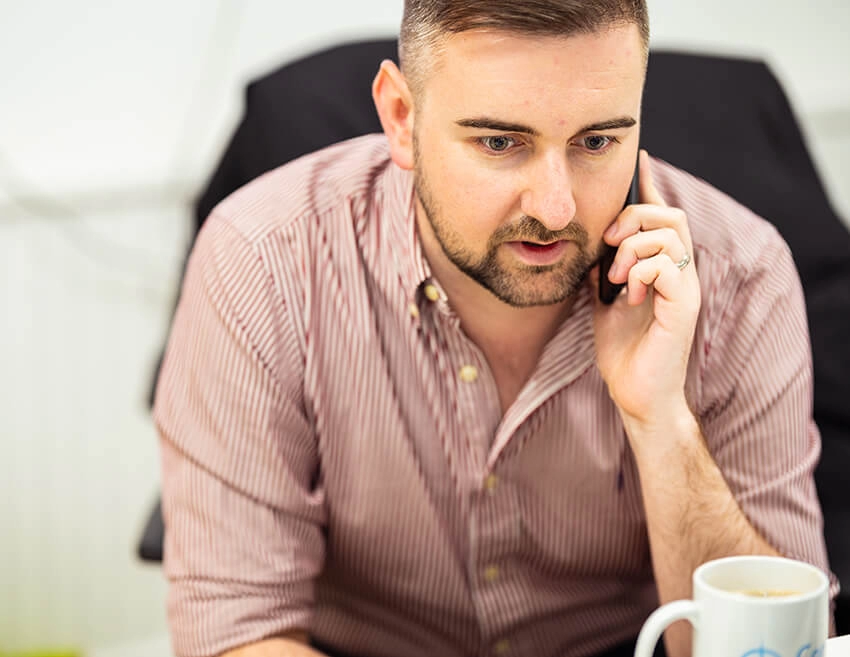

Another brief may not include people at all, and instead could be lifestyle imagery, landscapes or food, for instance. When shooting food, the photographer will be in one fixed location and adjust the backdrop to suit the dish accordingly. A lot is written on the mechanics of great food photography, but the key thing is, with something as simple as bread and butter, does it look good enough to eat?


The Briefing
In all situations, a thorough pre-briefing helps so all parties know what to expect. This could involve a client sharing the type of images they want to create using social platforms or cross-referencing stock images - realistic goals help. If a client shares an image of a group of roller-skaters freestyling down an LA street and then expect to do the same in the UK, you will need palm trees and Sun! In the case of the shoot below, a light airy interior was required although the interiors were to be shot in a basement location, so it was essential that images looked naturally lit.

Check the weather
As well as having a list of shots and a timetable, knowing what the weather is doing from one hour to the next allows a photographer to be outside during good light and inside when the light is a little flat. Having a portable lighting kit helps to create images on the move and a collapsible studio kit gets the right lighting for formal headshots.


Photography metaphors
Rather than listing your business’ strengths, people are more likely to be drawn to a visual reference or trigger to accompany your marketing. Customers like to know that real people work for you behind the brand as opposed to any random stock image. It presents a company with a face and shows that you genuinely have a concern for your employees. In the case of these two images above, a client can choose which image suits the idea of team-work better.
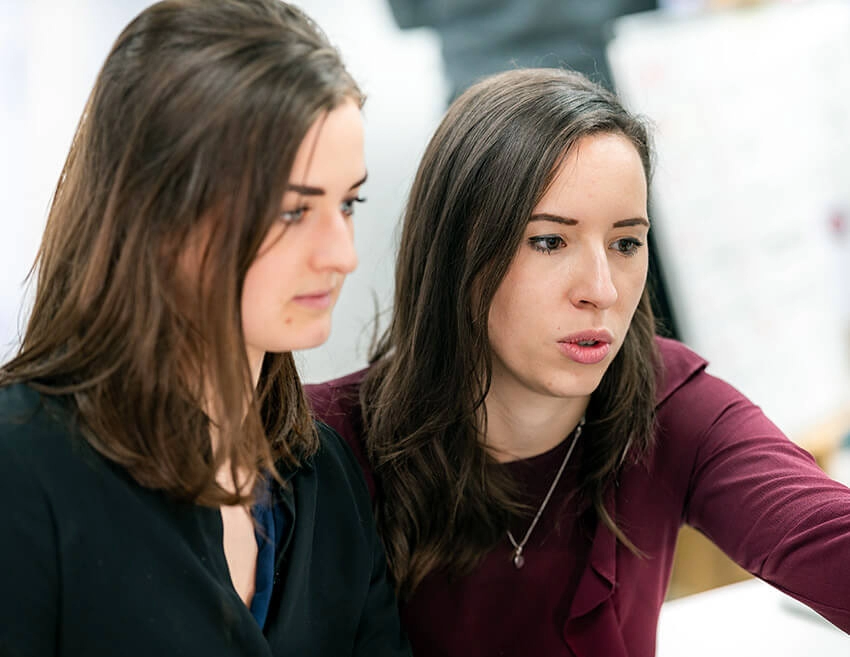
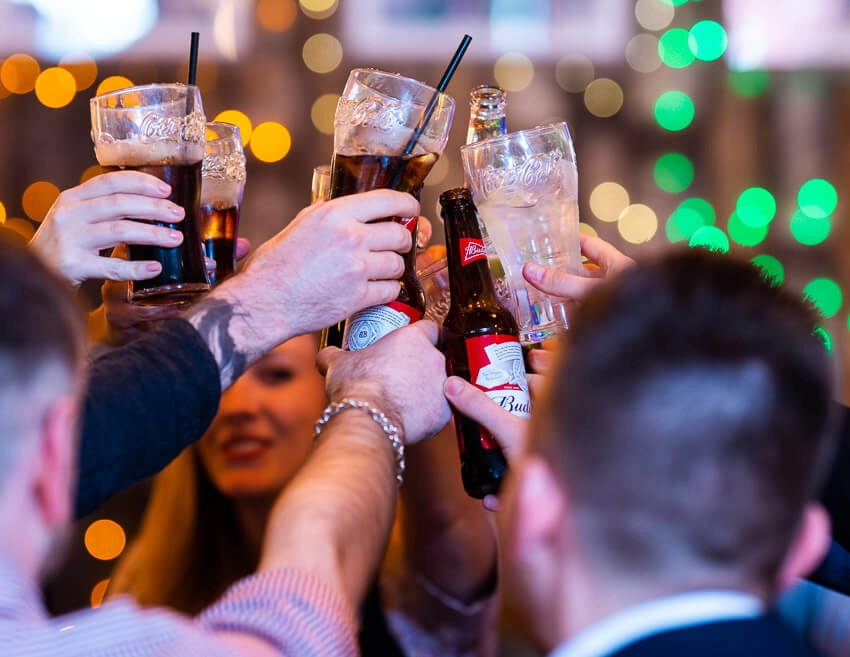
The ‘Pro’ difference
We understand that clients need to create a library of usable images that can form part of their marketing strategy. A client may need an image for print in a brochure, the next day something to use on Social Media for a Facebook or Instagram post and a similar image might be used on the client’s website.

The magic formula for good professional photography is a comprehensive kit including back up cameras, lighting equipment and great technical knowledge mixed with an artistic eye to capture the right framing and interpret a brief expressly worked out with the client.






